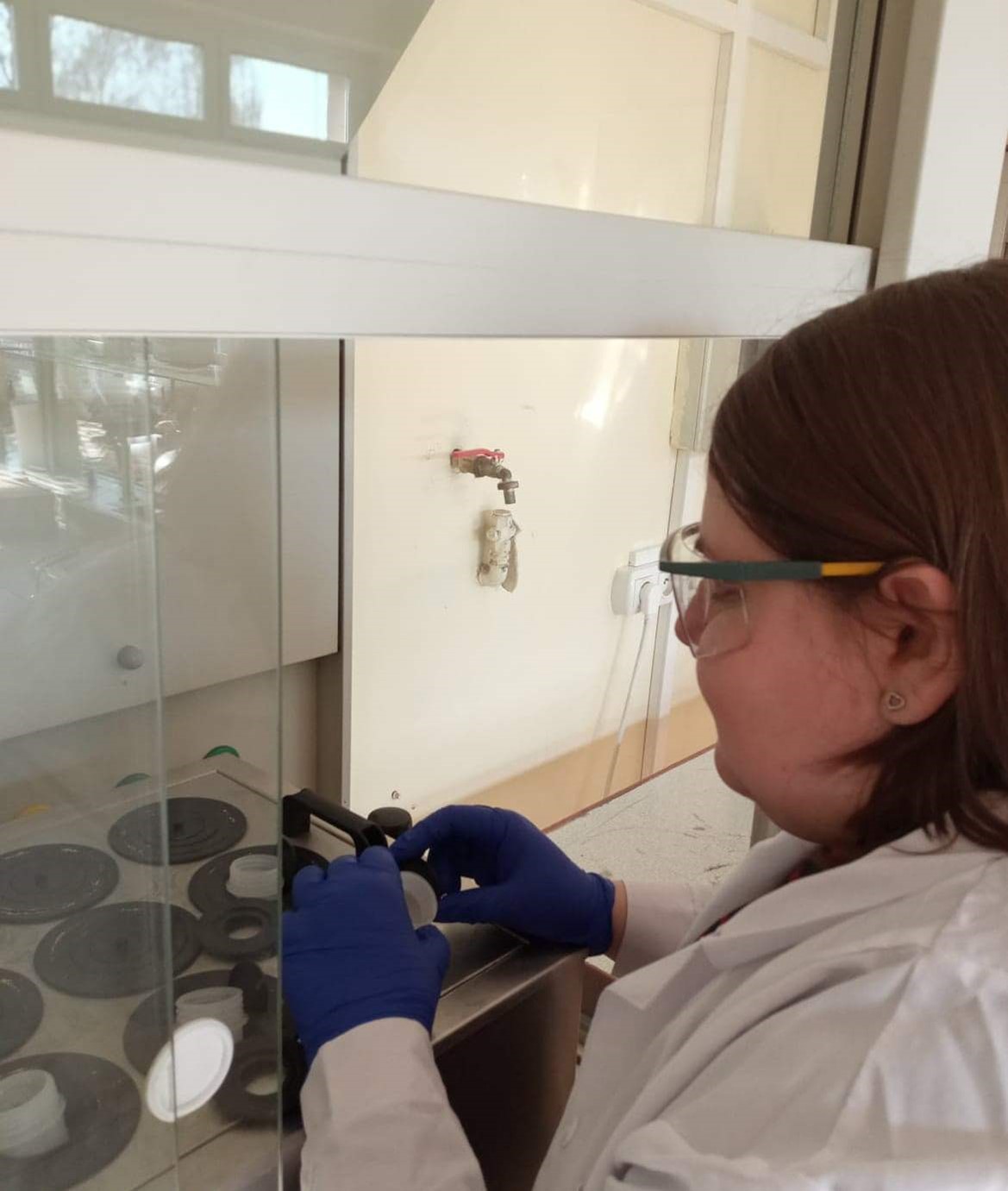|
Sequential extraction of heavy metals from sewage sludge according to the procedure of Community Bureau of Reference (now: Standards, Measurements and Testing Programme). |
Population growth and the development of new wastewater treatment technologies lead to an increase in the amount of generated sludge. Due to the threats that sludge pose to the environment and the economy, the importance of this group of waste is growing. Apart of the high content of organic substances and biogenic elements, the sewage sludge also includes heavy metals, the source of which are, i.a., industrial wastewater, surface runoff and corrosion of sewage pipes. Considering that the most preferred method of sewage sludge management in Poland is its natural use, this group of pollutants is a serious problem for the environment. The knowledge of the total content of metals in sewage sludge allows only to assess their quality or degree of contamination, but it is not synonymous with the possibility of releasing these elements to environment. The factor determining the mobility of metals is their speciation form, e.g. chemical form. The research conducted as part of the Project was aimed at demonstrating that the chemical form of heavy metals (Cd, Cr, Cu, Ni, Pb, Zn, and Hg) in which they are bound in sewage sludge, to a greater extent than their total concentration determines the level of the ecological risk. The above statement is important in the context of the threat that these metals may pose to the water and soil environment, and in the case of natural sludge management, also to living organisms, including humans. The conducted research showed that despite the fact that the concentrations of the analyzed heavy metals in sewage sludge do not exceed the permissible concentrations when used for natural purposes, they can still pose a potential threat to the natural environment and living organisms. The above conclusion is one of the tangible results of the Project. The results obtained under the Project indicate the need to include in the ecological risk analysis information on the chemical form of heavy metals in sewage sludge as the main element/indicator of this analysis. It is particularly important in the context of environmental protection against its secondary pollution with metals. The measurable effects of the Project also include the development of two author’s risk indices, i.e., Individual Ecological Risk (IER) and Global Ecological Risk (GER), which will be a valuable contribution to the tool base used to assess the potential ecological risk.
|







